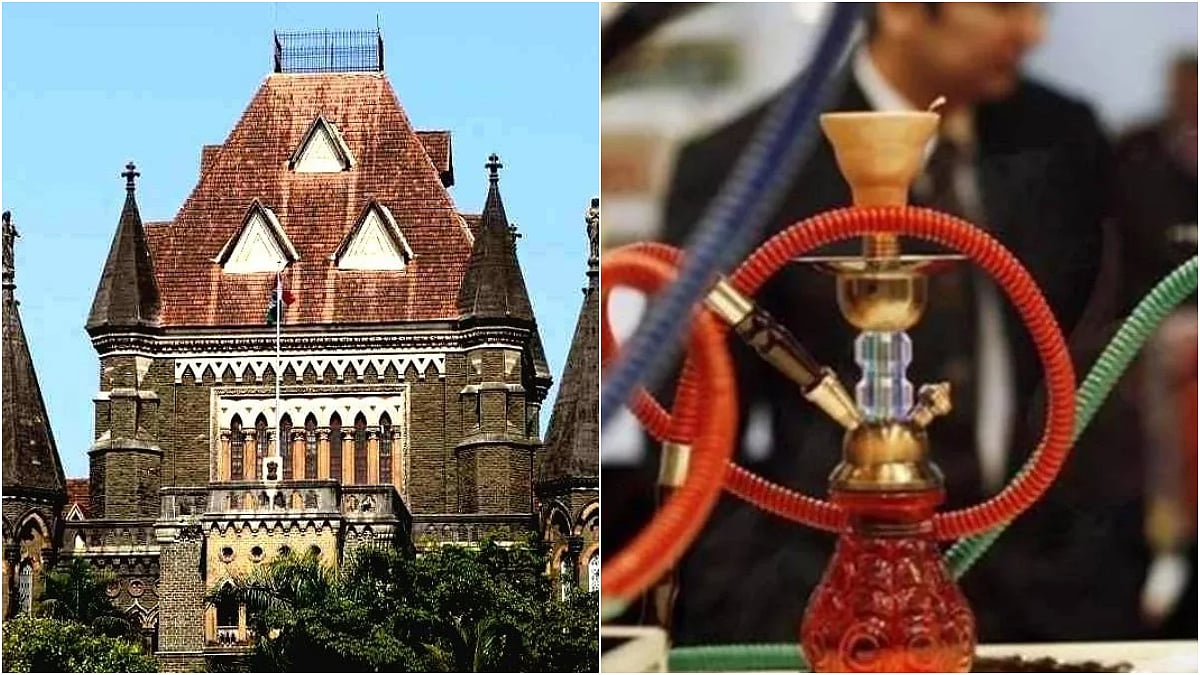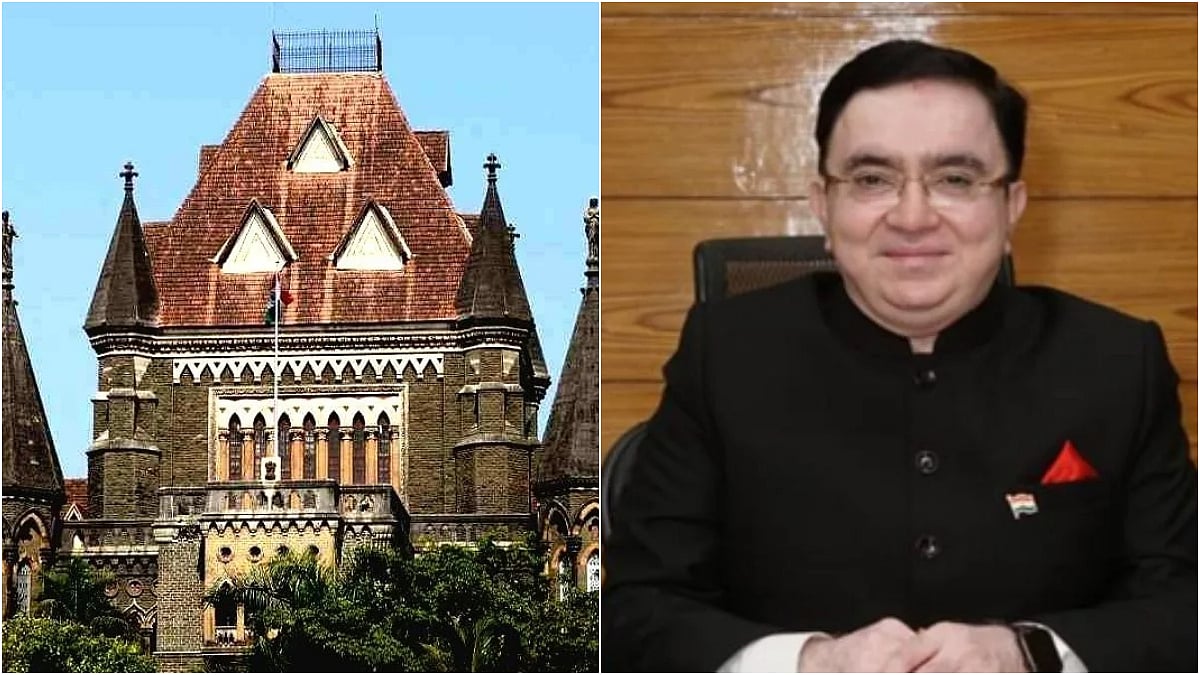It’s been 69 years since the cheetah was declared extinct in India. The Maharajas’ sporting activity led to its extinction from our country. The last cheetah was hunted in Chhattisgarh in 1947 by Maharaja Ramanuj Pratap Singhdeo of Koriya, a district in Chhattisgarh, and the animal was declared extinct in India in 1952.
The Maharaja of Sarguja (Chhattisgarh) is known for killing more than 1,100 tigers. The princely states have converted some of their sprawling properties into resorts and hotels and have displayed animal trophies on the walls or floors.
The Indian government has decided to bring cheetahs from Africa and introduce them at the Kuno National Park in Madhya Pradesh.
While I was in Raipur from 2002 to 2008, I met Ramchandra Singhdeo, the first finance minister of Chhattisgarh and the son of Maharaja Pratap Singhdeo, who hunted the last cheetah in the country. He was a lover of wildlife and an avid photographer.
I still repent not taking up his invitation to visit Koriya, the erstwhile princely state. Earlier this year, I and my son Bharat, a wildlife photographer and wildlife consultant, planned a visit to the Kuno National Park.
We received details about the park from Faiyaz Khudsar, scientist in-charge at the Yamuna Biodiversity Park in Delhi, as he had spent about six years at the Kuno National Park during his PhD thesis around two decades ago.
The forest guest house at Palpur is the only place where tourists can stay and enjoy the wilderness. The other place is MPT Jungle Resort, Kuno Palpur, Sheopur, located about 20 km from the forest guest house.

Palpur Fort | Bharat Goel
The national park derives its name from the river Kuno, which is a tributary of the river Chambal known for its cleanest water among all rivers in India. The perennial river flows through the middle almost bisecting the sanctuary, like river Ken bisecting the Panna Tiger Reserve in Madhya Pradesh.
The park was notified in 1981 as Kuno Wildlife Sanctuary, but it is popularly known as Kuno Palpur Sanctuary because it has a fort dating back to seventh century AD on the banks of the Kuno river. It is visible from the forest guest house. This used to be the Palpur Jagir under the Scindia dynasty of Gwalior.
This is also the place which has been chosen to translocate Asiatic lions from Gir National Park in Gujarat — the only bastion of this species in the world with more than 600 lions.

Kuno River | Bharat Goel
While hearing a public interest litigation filed by Faiyaz Khudsar to protect the lions from any pandemic, which may lead to its extinction as they are present only in one area in Gujarat, the Supreme Court decided to translocate a viable population outside Gujarat.
Based on ecological and sociological parameters, Kuno Wildlife Sanctuary was selected for the translocation of lions. Around 1,500 families, mostly from the Saharia tribe, lived in the park. Twenty-four villages were rehabilitated to places outside the park between 1996 and 2000.

Palpur was one of the largest evacuated villages from the park. The people who had to leave their ancestral houses are hoping to get employment as tourists would increase after the lions are brought.
The clear sparkling Kuno river visible from the forest guest house at Palpur has a calming effect. Spotted deer, peafowl, grey heron, egrets and crocodiles basking on the river bank are a sight to behold.
All around you is the rich flora and fauna — cormorants fishing in the river water in the afternoon, fresh water gharials floating in the water or basking on the river banks and the expanse of the dense jungle.

Leopard's habitat | Bharat Goel
I was told that this is a good place to spot leopards and if we are lucky, we can see a caracal, a rare cat, and hyenas too. Leopards are shy animals and can be seen in the late evenings or early mornings. But we saw them during the day trying to arrange for its lunch, not far from the guest house.
We also saw leopards crossing the river bed at Par Ghat in the afternoon. Leopards are the real king of Kuno National Park and there are around 200 of them. The park should be declared a leopard sanctuary.

Herd of jackals | Bharat Goel
During our stay, we spotted leopards, jungle cat, sambar, cheetal (spotted deer), fox, jackal, wild boar, neelgai (blue bull) and feral cattle, which are in large numbers. The villagers left the cattle behind when they moved out of the area. We also saw a variety of birds such as peafowls, plum-headed parakeet, painted spurfowl, painted francolin, grey francolin, black francolin, cormorants and other common birds.

Painted Spurfowl | Bharat Goel

Spotted deer and feral cattle | Bharat Goel
A male tiger (T 38) came down to the park from Ranthambore Tiger Reserve in 2011 and returned to its home in November 2020. We missed the chance to see it. The park will soon have cheetahs, which will be a major attraction. They hunt during the day to avoid competition from other big cats such as lions and leopards. They have sharp eyes to spot their prey, stalk it for a considerable time and pounce upon their prey with great speed and agility.
As cheetahs would be confined to a protected area till they are acclimatised with the surroundings, there should not be any conflict with leopards. Later, the cheetahs would be moved out of the protected area.
Usually, tigers and leopards try to be in different parts of the park to avoid a conflict. But when conflict arises, the leopard’s life is at stake. This has been observed in Pench and Sariska tiger reserves.












